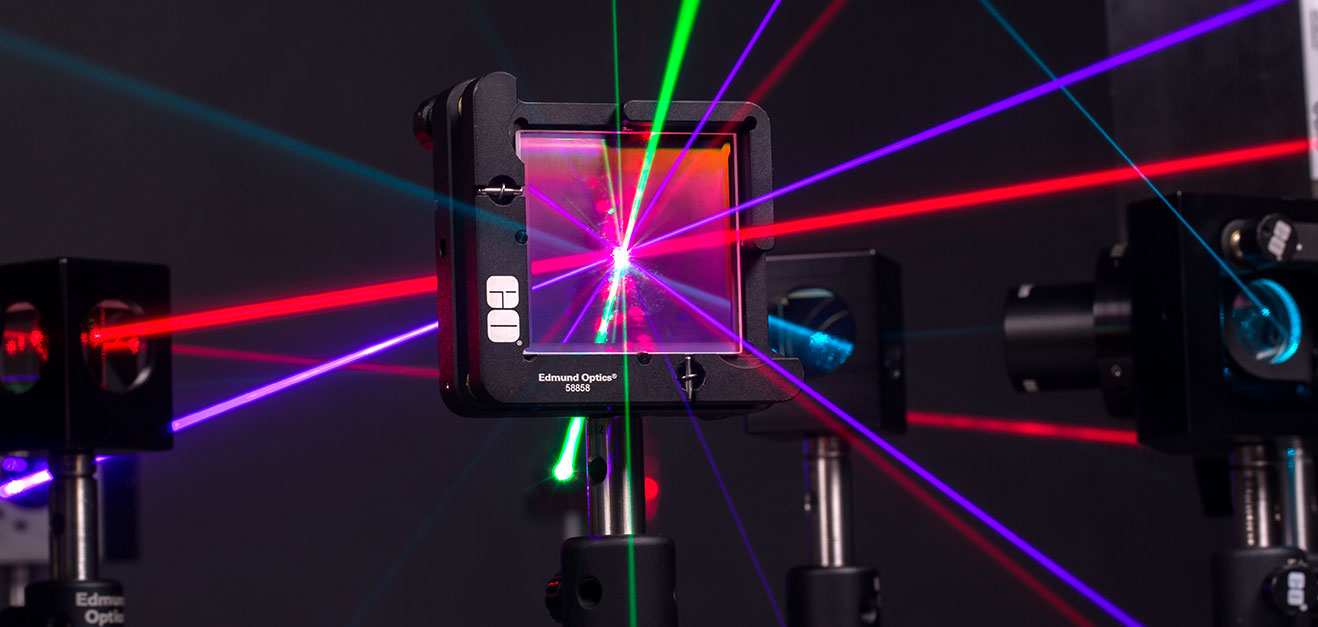Contents

Source: Amazon.de · Auf Lager
The Importance of Laser Mirrors in Laser Systems
Introduction
Laser mirrors are essential components in laser systems, playing a crucial role in determining the performance and functionality of the laser. These mirrors are used within the laser resonator to provide optical feedback, control the output beam properties, and direct the laser beam to its intended target.
Key Considerations for Laser Mirrors
- Reflection Losses: Laser mirrors must have low reflection losses to maintain the efficiency of the laser system.
- Optical Quality: High optical quality is crucial to prevent beam distortions and ensure the desired beam quality.
- Damage Threshold: Laser mirrors should be able to withstand high optical intensities to avoid laser-induced damage.
Types of Laser Mirrors
- Dielectric Mirrors: Most commonly used in laser systems, these mirrors are based on multilayer structures and offer high reflectance or transmittance at specific wavelengths.
- Dichroic Mirrors: These mirrors have different reflectance or transmittance properties for different wavelengths, allowing for selective reflection or transmission.
- Metal-Coated Mirrors: While less common in laser resonators, these mirrors are used in specific applications such as CO2 lasers.
Design Considerations
- Surface Quality: The surface quality of laser mirrors is crucial to avoid beam distortions and maintain beam quality.
- Damage Threshold: Particularly important for high-power lasers, the damage threshold of mirrors determines their durability under intense laser conditions.
- Residual Transmission: Even highly reflective mirrors have some residual transmission, which can be utilized for diagnostic purposes.
Mounting and Alignment
Laser mirrors are often mounted on adjustable mounts that allow for precise alignment of the laser resonator. These mounts ensure stable positioning of the mirrors while minimizing mechanical stress.
Specialized Mirror Types
- Chirped Mirrors: These mirrors provide controlled dispersion in mode-locked lasers, offering compact and efficient laser designs.
- Supermirrors: Extremely low-loss mirrors used in applications requiring high reflectance and precision.
Conclusion
Laser mirrors are critical components in laser systems, influencing the performance, efficiency, and beam quality of the laser. Understanding the different types of mirrors, their design considerations, and applications is essential for optimizing laser system functionality and output.

Source: Edmund Optics
Feel free to comment your thoughts.



